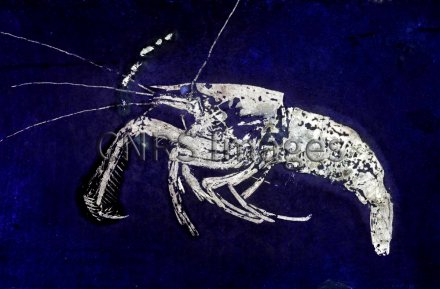Production year
2018

© Christian LEMZAOUDA / Sylvain CHARBONNIER / CR2P / MNHN / CNRS Images
20210137_0010
Rediscovered in the collections of the MNHN French national museum of natural history, this specimen of Aeger insignis comes from the Solnhofen Limestone, in Germany. This small crustacean lived in a lagoon in the Late Jurassic around 140 million years ago. At that time, what is now Europe was a vast archipelago with turquoise waters and a tropical climate. This prawn belonged to an extinct family whose main feature was that it had highly-developed jawfeet (also known as maxillipeds) endowed with long removable spines, which the animal could use as “rakes” to search for food in the sediment. Ultraviolet light reveals very fine anatomical details invisible in normal light (such as spines, grooves and pores), making it possible to correctly identify the species of fossil. This image is a winner of the 2021 La preuve par l'image (LPPI) competition.
The use of media visible on the CNRS Images Platform can be granted on request. Any reproduction or representation is forbidden without prior authorization from CNRS Images (except for resources under Creative Commons license).
No modification of an image may be made without the prior consent of CNRS Images.
No use of an image for advertising purposes or distribution to a third party may be made without the prior agreement of CNRS Images.
For more information, please consult our general conditions
2018
Our work is guided by the way scientists question the world around them and we translate their research into images to help people to understand the world better and to awaken their curiosity and wonderment.